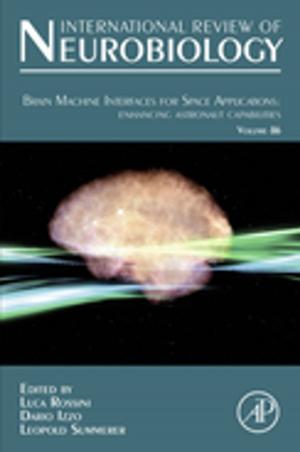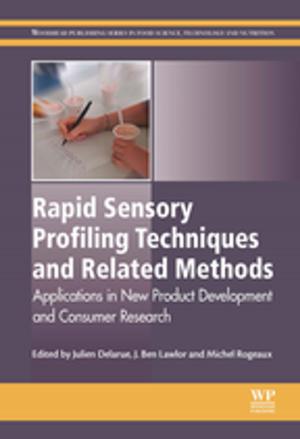Cell Culture
Nonfiction, Science & Nature, Science, Other Sciences, Methodology, Biological Sciences| Author: | ISBN: | 9781483262185 | |
| Publisher: | Elsevier Science | Publication: | October 22, 2013 |
| Imprint: | Academic Press | Language: | English |
| Author: | |
| ISBN: | 9781483262185 |
| Publisher: | Elsevier Science |
| Publication: | October 22, 2013 |
| Imprint: | Academic Press |
| Language: | English |
Methods in Neurosciences, Volume 3: Quantitative and Qualitative Microscopy is a collection of papers that deals with microscopic techniques in statistical measures.
This volume describes microscopy using sophisticated stains and dyes to advance observation of tests and experiments. Section I describes autoradiography including micro chemical methods, high-resolution autoradiography, and single- or double-label quantitative autoradiography for use in imaging of brain activity patterns or determining cerebral physiology. Section II discusses the quantification of structures through statistical and computational methods including dynamic video imaging technology. Section III explains the use of tracers, toxins, or dyes in tracing neuronal connections. One paper addresses the use of small injections of axonally transported fluorescent tracers. Section IV explains staining technology such as using the silver impregnation method for frozen sections of human nervous tissue that are gathered from tissues preserved in formalin. Section V addresses freezing techniques and those using freeze-fracture methods in neurobiology. The text also discusses cryoprotection and other freezing methods to control ice crystals found in fixed or unfixed brain tissues. Section VI presents the combined and high-resolution methods in polarization microscopy and microscopic investigations.
Cellular biologists, micro-chemists, and scientific researchers in the field of micro- and cellular biology will appreciate this book.
Methods in Neurosciences, Volume 3: Quantitative and Qualitative Microscopy is a collection of papers that deals with microscopic techniques in statistical measures.
This volume describes microscopy using sophisticated stains and dyes to advance observation of tests and experiments. Section I describes autoradiography including micro chemical methods, high-resolution autoradiography, and single- or double-label quantitative autoradiography for use in imaging of brain activity patterns or determining cerebral physiology. Section II discusses the quantification of structures through statistical and computational methods including dynamic video imaging technology. Section III explains the use of tracers, toxins, or dyes in tracing neuronal connections. One paper addresses the use of small injections of axonally transported fluorescent tracers. Section IV explains staining technology such as using the silver impregnation method for frozen sections of human nervous tissue that are gathered from tissues preserved in formalin. Section V addresses freezing techniques and those using freeze-fracture methods in neurobiology. The text also discusses cryoprotection and other freezing methods to control ice crystals found in fixed or unfixed brain tissues. Section VI presents the combined and high-resolution methods in polarization microscopy and microscopic investigations.
Cellular biologists, micro-chemists, and scientific researchers in the field of micro- and cellular biology will appreciate this book.















